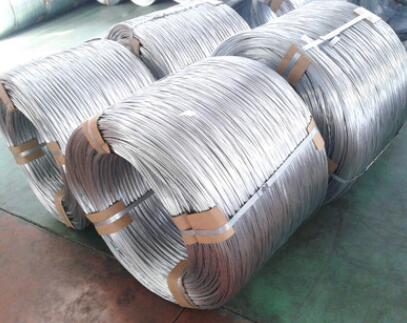Understanding Perforated Roof Panels Benefits and Applications
Perforated roof panels have emerged as a popular choice in modern architectural design and construction, providing both aesthetic appeal and functional benefits. Characterized by a series of holes or perforations, these panels serve a variety of purposes while contributing to the overall architectural vision of a project. This article delves into the advantages, applications, and considerations surrounding perforated roof panels.
Aesthetic Appeal
One of the most compelling reasons for using perforated roof panels is their distinctive visual impact. Available in various designs and hole patterns, these panels can create dynamic light effects and shadow patterns as sunlight filters through the openings. This feature allows architects and designers to enhance the visual aspects of buildings, making them stand out in urban landscapes. Furthermore, customizable perforation patterns enable the integration of branding elements or artistic motifs, transforming functional roofing into a statement piece.
Functional Benefits
Beyond aesthetics, perforated roof panels offer significant functional advantages. A primary benefit is ventilation. The perforations allow for increased airflow, which can be particularly beneficial in hot climates or in buildings that require natural cooling solutions. This ventilation not only helps in maintaining a comfortable indoor environment but can also contribute to energy efficiency by reducing the reliance on mechanical cooling systems.
Another key advantage is lightweight construction. Perforated panels are typically made from materials such as aluminum or metal composites, which are lighter than traditional roofing materials. This reduced weight can lead to cost savings in structural design, as less robust frameworks may be required to support the roof. This characteristic also allows for quicker and easier installation, further enhancing efficiency in the construction process.
Sound Absorption
perforated roof panels

Perforated roof panels can also play a critical role in sound management. The design of the panels can be optimized to absorb sound, making them ideal for applications where noise control is a priority—such as in auditoriums, schools, or hospitals. By integrating acoustic materials in conjunction with perforated designs, developers can significantly reduce noise pollution and create a more serene indoor atmosphere.
Sustainability
With an increasing emphasis on sustainable building practices, perforated panels can contribute to eco-friendly design. Their lightweight nature can reduce the environmental impact during transportation and construction. Additionally, many manufacturers offer panels made from recycled materials, further aligning with sustainability goals. The ability to incorporate green roofing techniques, such as vegetation or solar panels, atop perforated roof panels can enhance the energy efficiency of a building and promote biodiversity.
Considerations
When opting for perforated roof panels, a few considerations are essential. The choice of material, hole size, and pattern will affect both aesthetic and functional performance. Moreover, potential weather exposure must be taken into account, as heavier winds or rainfall can necessitate a more robust design. Consulting with professionals during the design phase is crucial to ensure that the panels meet both structural and aesthetic requirements.
Conclusion
Perforated roof panels have carved a niche in contemporary architecture, blending practicality with artistic expression. They enhance aesthetic allure while providing functional solutions such as ventilation, sound absorption, and sustainability. As interest in innovative building materials continues to grow, perforated roof panels offer a compelling option for architects and builders aiming to create stunning and functional spaces. Whether utilized in commercial, residential, or institutional projects, these panels represent a versatile choice that caters to the needs of modern design. The future holds much promise for creative applications of perforated roof panels, solidifying their place in the evolution of architecture.

















